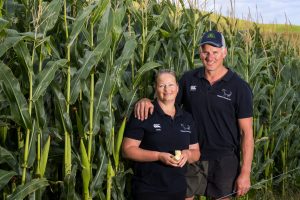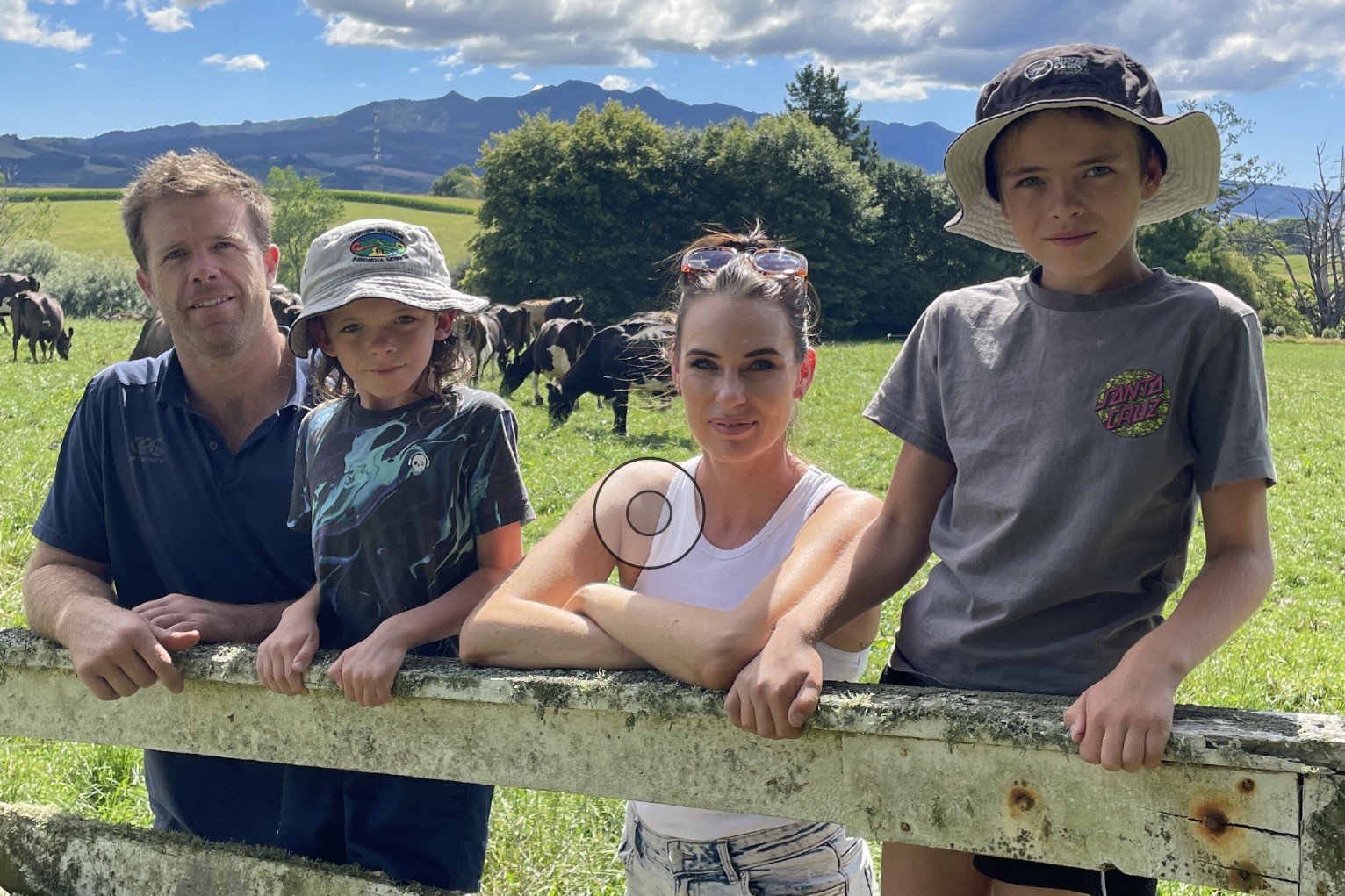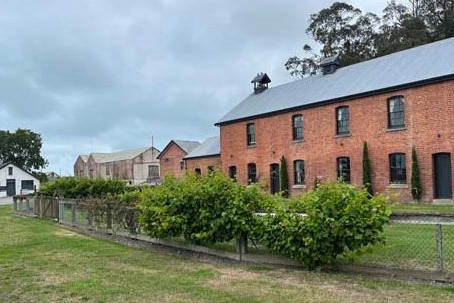Pasture’s perfect partner
Maize silage is the perfect partner to pasture on dairy farms, supporting maximum pasture growth and quality, whilst also providing economic, animal health, and environmental benefits that work in harmony with pastoral farming. Words Sheryl Haitana.

As the farm heads towards balance date this spring, the issue of pasture quantity gets overtaken by the issue of pasture quality – planting maize silage is a good option to help control that pasture during the peak.
By taking out some of the milking platform to plant a maize crop, it lifts the stocking rate on the remaining area, making managing pasture growth rates and residuals easier.
It reduces the need to make costly grass silage to manage spring surplus and it adds more drymatter than grass silage into the system to use later in the season.
Maize silage can be stored and used to protect pasture quality throughout the rest of the season, giving farmers the flexibility to extend grazing round lengths to take the pressure off residuals. Because it is a forage, maize silage feeding levels can be altered to manipulate pasture cover, preventing under or overgrazing and keeping ryegrass in the most active (2½ – 3 leaf stage) phase of its growth curve.
It’s just one example of how home-grown maize silage partners with pasture and makes it a good supplement choice for dairy farmers, says Pioneer brand products farm systems specialist Wade Bell.
“Maize silage provides a good-quality feed that works around the shortages of supply and demand for pasture. In the most part, maize silage is a consistently better-quality feed (than grass silage) and it yields more, so it’s a twofold benefit.”
Having maize silage on hand to protect pasture also maximises the potential yield from ryegrass on the platform, he says.
“Good operators who have incorporated maize silage into their system grow and harvest more grass.”
Maize silage also works alongside pasture to extend lactation and improve and maintain cow condition at key points in the season. If farmers have the infrastructure to ensure minimal wastage, spring is an ideal time to use maize silage, he adds.
“Farmers have done an incredible job utilising maize silage to bring their calving date forward.”
For farmers without infrastructure, maize silage, fed in the paddock is still an excellent feed option to extend lactation and build body condition score from mid-summer into May. The energy in maize silage is used 20% more efficiently than the energy in autumn pasture for gaining cow condition. (Ref 1)

Calculating maize silage emissions
When it comes to the environmental footprint of New Zealand’s pastoral farming, maize silage has recognised advantages – the maize plant is known for its ability to reduce nitrogen leaching via its deep roots accessing nutrients deeper in the soil.
But feeding out maize silage can also help to reduce the amount of nitrogen excreted into the soil in the first place.
Maize silage contains excellent levels of carbohydrate in the form of starch, but low levels of protein. It can be used to decrease the amount of nitrogen in cow urine by more than 70%.
“We know if we can reduce urine nitrogen we can reduce nitrous oxide, which is a pretty potent greenhouse gas,” Wade points out.
Maize silage also has lower greenhouse gas emissions than bought-in supplements which makes it a good partner to pasture under the industry’s Scope 3 emissions reduction targets.
Fonterra’s emission targets have referenced the importance of driving the amount of home-grown energy harvested per hectare and reducing the greenhouse gas emissions that are embedded into bought-in supplements. Maize silage has similar greenhouse gas emission to grass silage, while information published by Fonterra shows that palm kernel has an emission factor 5.8 times that of pasture. (Ref 2)
“We have done some good environmental research on water quality, now the conversation is turning to greenhouse gas.
“If we can grow and harvest more home-grown feed, we can reduce the carbon emissions from manufacturing and transport; it drives a pretty good story to reduce those Scope 3 emissions.”
Cropping 10% of the milking platform in maize typically results in 1–1.5t DM extra home-grown feed and drops total emissions.
“Maize is a good option to be growing on the platform because every hectare of maize has about one third of the emissions of a hectare of cows grazing pasture,” Wade says.
Using maize to build pasture covers
Taranaki dairy farmers Dave and Hollie England see maize silage as a perfect partner to their pastoral farming operation.
They have increased the amount of maize silage from 600kg DM/cow to 1000kg DM/cow and see maize silage as a tool to build pasture cover and provide a consistent feed for their cows.
“It’s an important part of the management system,” Dave says.
“The farm’s key challenge is wet winters and springs – if we’ve got maize in the stack, we know we can feed our cows well regardless of what the weather brings.”
The couple are sharemilking 950 cows at Ngaere, south of Stratford, producing 510kg MS/cow and 1540kg MS/ha. They grow 25–30ha of maize onfarm and buy in another 500t DM from a local grower. Growing maize on the platform has reduced soil nutrients, especially nitrogen and potassium and secures them a large amount of feed at a cost-effective price, he says.
Having maize silage in the system has also allowed them to grow more grass.
“We use maize to help extend lactation, put weight on cows, and build pasture cover levels in the autumn and early winter. It’s an excellent energy source for the milking herd and we plan to have enough on hand to get right through the mating period.
“Feeding a springer diet works really well for us. It’s a lot simpler and less stressful than dealing with cows with milk fever.”
Visit pioneer.co.nz
References: 1. DairyNZ, 2021. DairyNZ body condition scoring. The reference guide for New Zealand Dairy Farmers. 2 Fonterra, 2023. Our approach to onfarm emissions.





